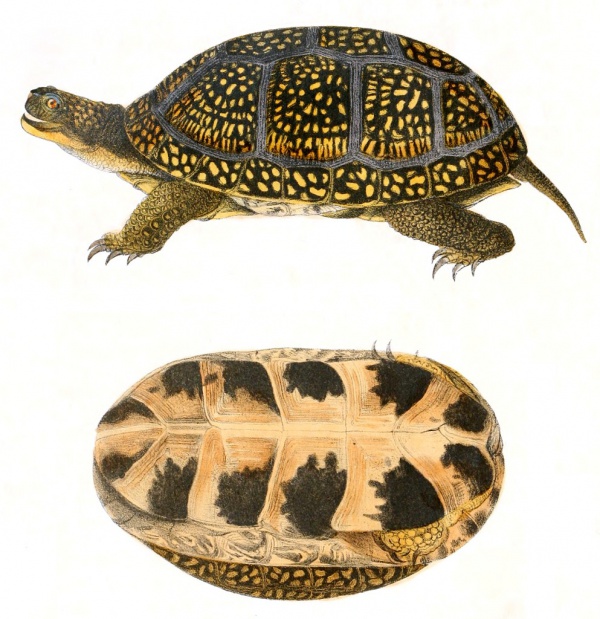Facts About Blanding's turtle
Blanding's turtle, a semi-aquatic species from the Emydidae family, inhabits central and eastern Canada and the United States. Regrettably, it is classified as endangered in many areas of its range. These turtles are renowned for their longevity, often remaining active and reproductively viable into their 80s and 90s. Over time, there has been some debate regarding their genus, with both Emys and Emydoidea appearing in scientific literature.
Named after the American naturalist Dr. William Blanding, Blanding's turtles are medium-sized and possess distinctive features. They exhibit bright yellow chins and throats, domed shells with yellow streaks, and a yellow-plastered underside. Sometimes referred to as "semi-box" turtles, they feature a hinged plastron that grants them unique characteristics.
Reaching sexual maturity takes considerable time for these turtles, around 14 to 20 years. They mate in the spring, and nesting occurs in early summer. The number of eggs per clutch varies by location; in New York, the average clutch size is about eight eggs. Blanding's turtles exhibit intriguing behaviors, such as overwintering near water, following an omnivorous diet, and exhibiting shyness when startled.
Their habitat includes the Great Lakes region, stretching from Nebraska to New York, with isolated populations in New England and Nova Scotia. They favor wetlands with clean, shallow water where they can bask on logs and nest in sunny, well-drained soil. However, their habitats face threats from destruction, predation, and fragmentation.
Conservation efforts are vital for the protection of Blanding's turtles. The species holds different statuses depending on the region, being listed as endangered in some U.S. states and threatened or endangered throughout Canada. In Nova Scotia, for instance, there are focused initiatives on habitat protection and recovery, with certain populations under stringent protection. States like Illinois and Michigan also have conservation programs aimed at preventing further decline of these unique turtles.

 United States
United States